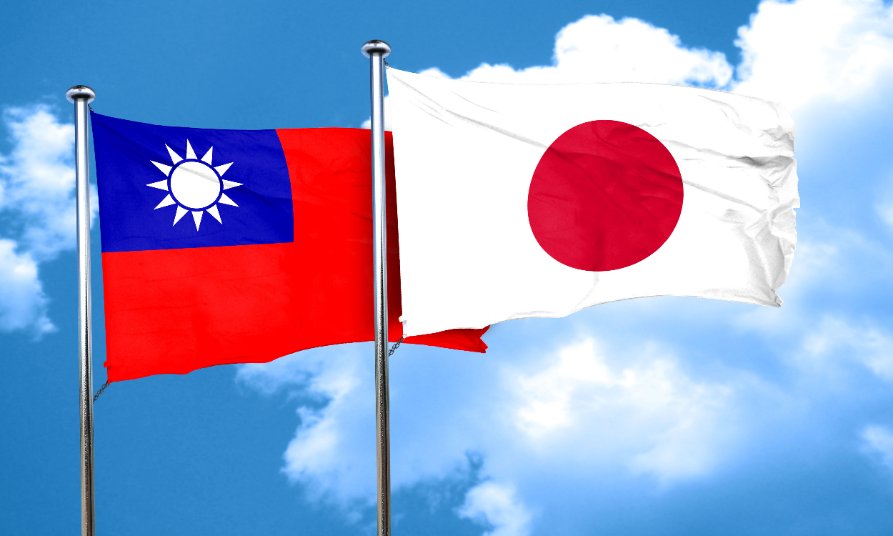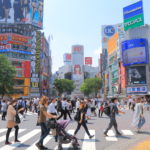Was Taiwan part of Japan?

Was Taiwan part of Japan?
Taiwan was once part of Japan
For about 50 years, from 1895 to 1945, China had handed Taiwan over to Japan in defeat. These 50 years comprised the period of Japanese rule. However, unlike with Korea, which was also a Japanese colony, you do not hear many negative opinions about Japan during this period in Taiwan. It is often said that during these 50 years, Japan made various contributions to Taiwan. Today, many statues and monuments in Taiwan honor the Japanese who made significant contributions during the colonial period. There is little historical interpretation that denies the 50 years of Japanese rule.
Japan built railroads, roads, and harbors in Taiwan and developed the country’s transportation system. The smooth distribution of goods had a major impact on the development of Taiwan’s economy. Japan also built dams. The construction of water utilization facilities helped alleviate the shortage of water for agriculture. In addition, efforts were made to improve crops, which improved the taste of the local rice in Taiwan and contributed greatly to the development of Taiwanese agriculture. Several Japanese are honored in Taiwan today as “contributors to Taiwan’s development.”
In terms of education, efforts were made to assimilate Taiwanese children into Japan through schooling. Therefore, Taiwanese children were sent to elementary school. Taiwanese who received a Japanese education (currently, elderly people in their 80s) can speak Japanese. Many Taiwanese have a good impression of Japan.
・During the Japanese colonial period, a large number of Japanese—mainly bureaucrats, policemen, and tradesmen—immigrated to Taiwan. The number increased from about 60,000 in 1905 to 200,000 in 1927, three years before the Kirishima Incident.
Japanese occupation
In 1895, the island of Taiwan, along with the Penghu Islands, became a dependency of Japan. This happened when the Qing dynasty ceded Taiwan prefecture. This was done at the Treaty of Shimonoseki following Japan’s victory in the first Sino-Japanese war. At first, there was some opposition, particularly from the Republic of Formosa resistance movement. However, Japanese troops quickly suppressed the rebellion, bringing an end to organized resistance against the Japanese occupation. Japan ruled over Taiwan for five decades, with Taihoku being the administrative capital under the Governor-General of Taiwan. Everything started in 1894 when Japan and China went to war because of mutual and conflicting interests in Korea. Japan easily won the war, which led to the Treaty of Shimonoseki in 1895. That treaty included a provision wherein the Penghu Islands as well as the island of Taiwan were ceded to Japan in perpetuity. China was not happy with this arrangement, though the Western powers considered the treaty to be legal and binding.
A Japanese colony
Taiwan was the first colony of Japan and was widely seen as an important first step by Japan to implement its Southern Expansion Doctrine, initiated in the late 19th century. Japan planned to turn Taiwan into a model colony. In the process, Taiwan’s economy benefitted, as did industries, public works, etc. In 1945, during World War II, Japan’s administrative rule over Taiwan ended. At this time, Taiwan was placed under the control of the Republic of China. However, not until April 1952 did Japan formally renounce its sovereignty over Taiwan with the signing of the Treaty of San Francisco. In 1895, when Japan was about to take control, some of the local leaders of Japan proclaimed the Republic of Taiwan, which was to be Asia’s first republic. Unfortunately, it lasted only 10 days, as there were too many warring warlords and no central government. Therefore, many people believed that Japanese rule would be better. At this stage, Taiwan had no military and no recognized leader.
Determined Japan
Japan was committed and determined to have Taiwan as a colony. That is why, from the start, it was firm with any opposition on the island of Taiwan. During the early stages of the Japanese occupation, Taiwan was ruled by the Japanese military but this ceased after only three years. Actually, Japan’s first experiment with colonialization was quite successful with the establishment of order, building infrastructure, eradicating disease, and establishing a modern economy. Because of Japan’s efforts, Taiwan became the most advanced place in East Asia outside Japan itself. Before the Japanese occupation, Taiwan had only about 30 miles of railway track but this was extended to 300 miles within a decade. From the start, Japan focused on agriculture, resulting in improved rice production because of advanced farming techniques.










